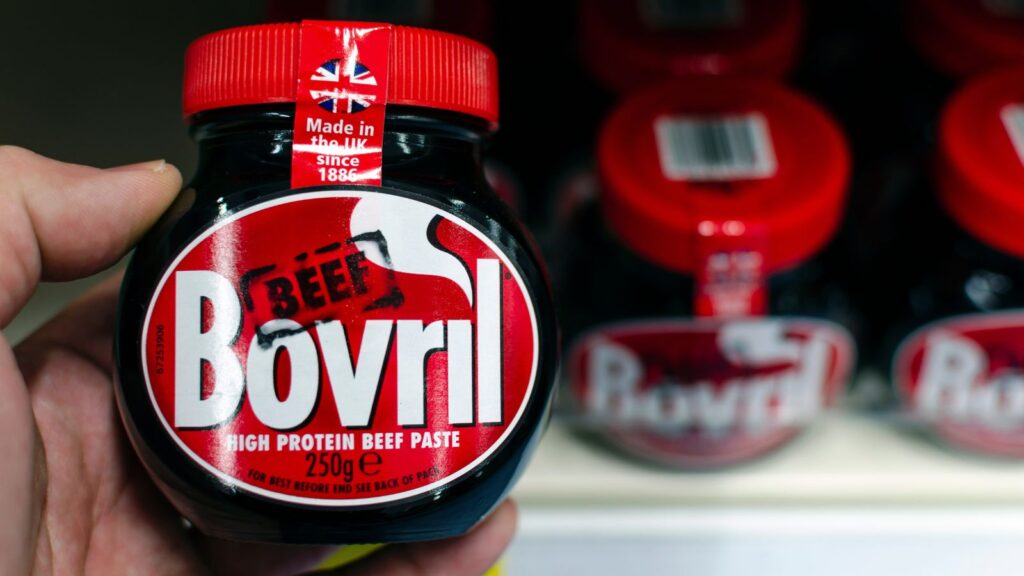British cuisine has a rich history and plenty of unique dishes that locals adore, however, some traditional foods can be a bit, well, shocking to those who aren’t used to them. Here’s a light-hearted look at some of the most notorious ones.
Black Pudding
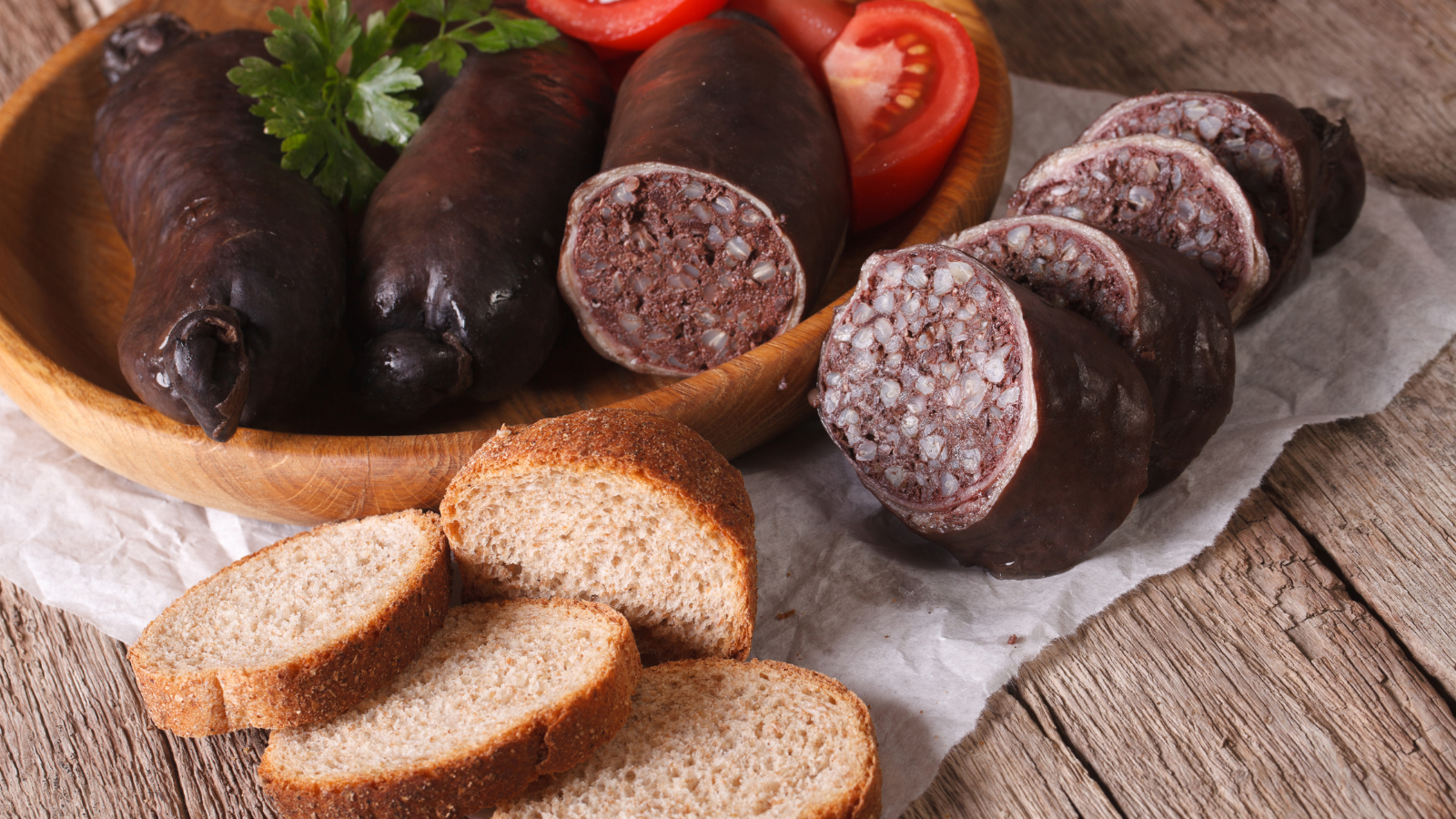
Black pudding is a type of blood sausage made from pork blood, fat, and oatmeal. While it’s a staple of the traditional English breakfast, many foreigners are put off by the idea of eating blood, and the dark colour and dense texture don’t help its cause either.
Marmite
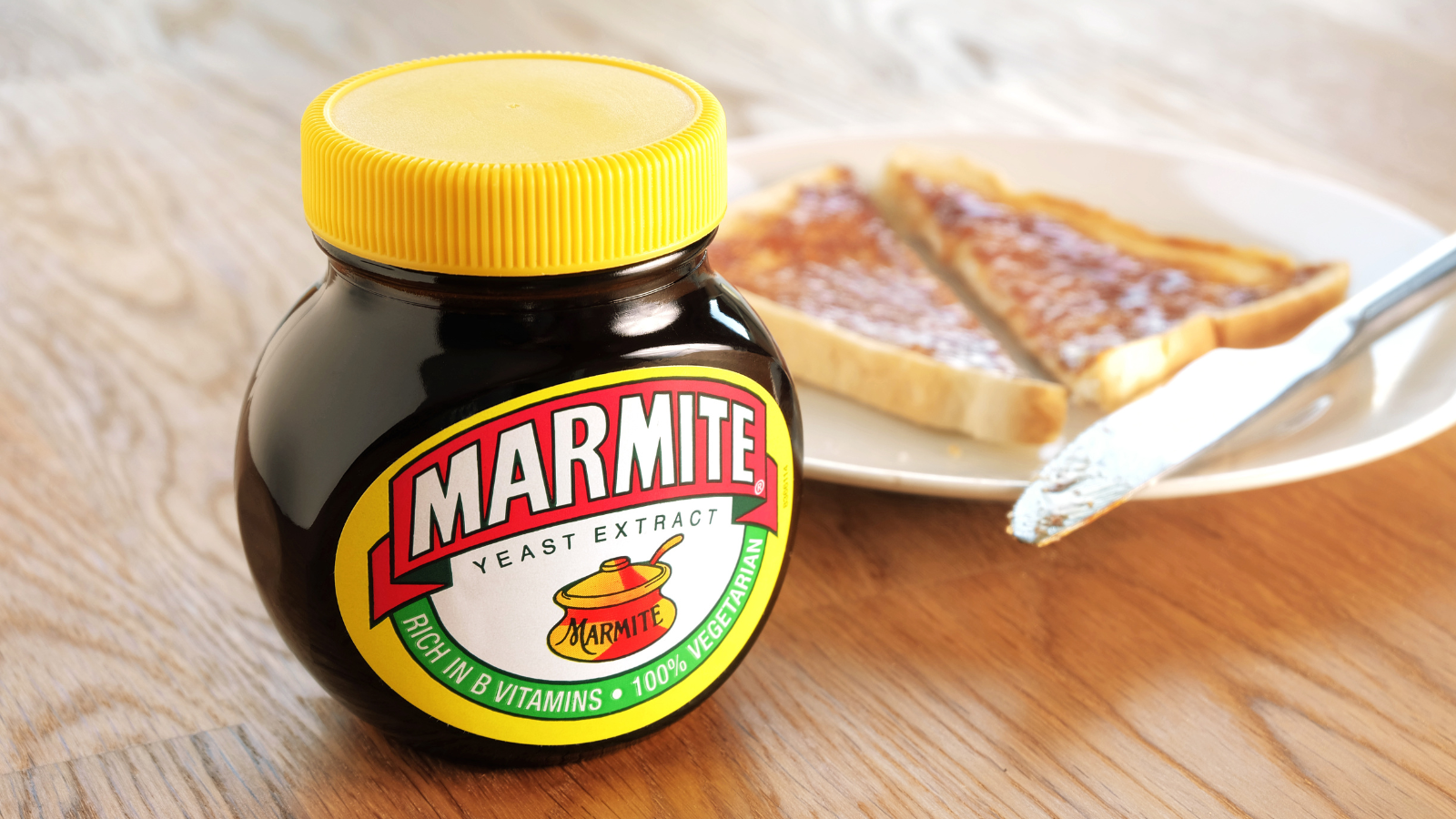
Perhaps one of the most divisive foods in the UK, marmite—this thick, dark brown spread—is made from yeast extract and has a very strong, salty flavour. Brits tend to love it or hate it, and the same goes for visitors.
Jellied Eels
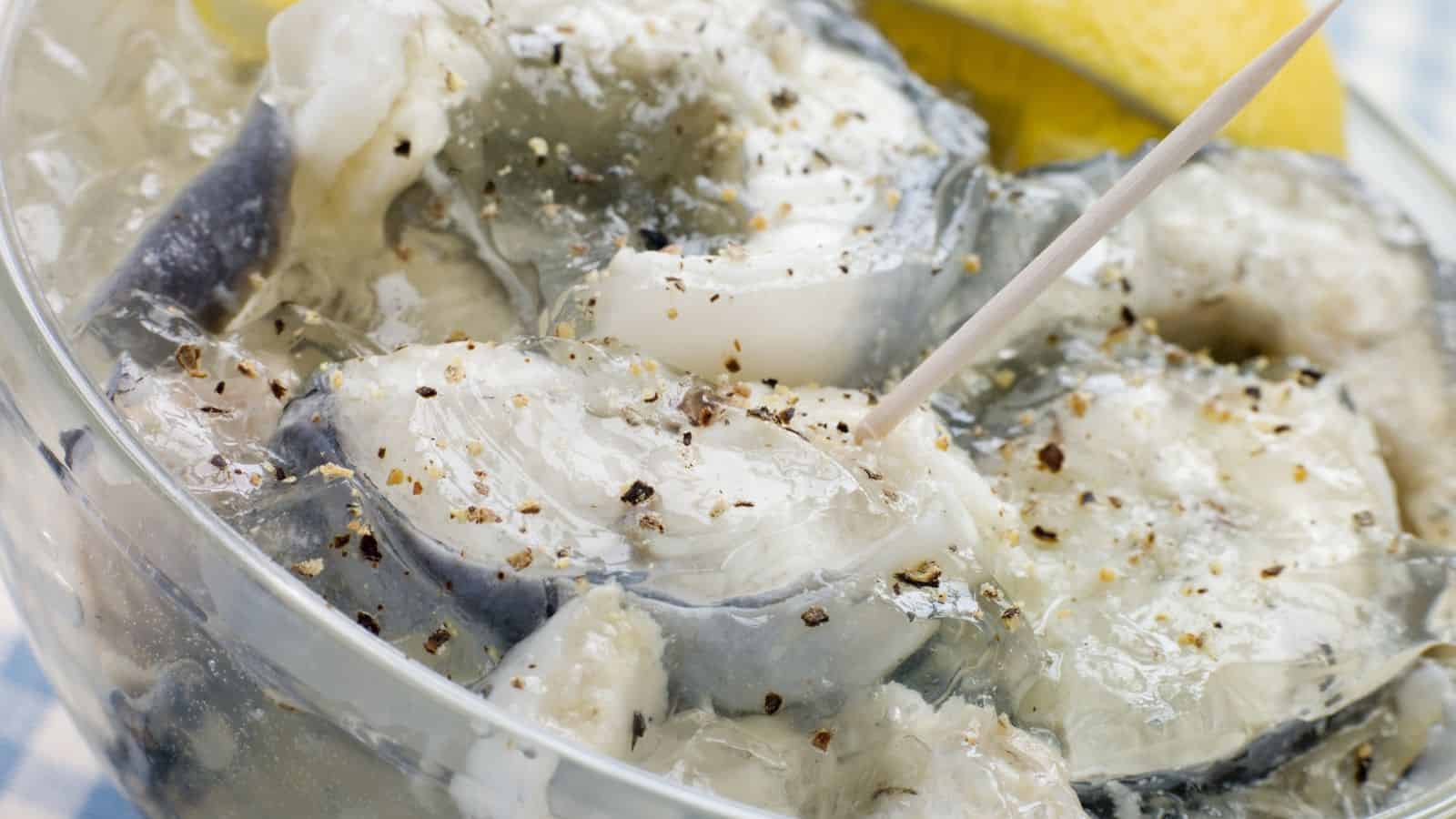
Jellied eels are a dish that dates back to the 18th century, particularly in East London, and as the name suggests, it’s made from chopped eels boiled in a spiced stock that sets into a jelly. The cold, gelatinous texture combined with the slippery eel flesh is enough to turn most foreigners’ stomachs.
Haggis
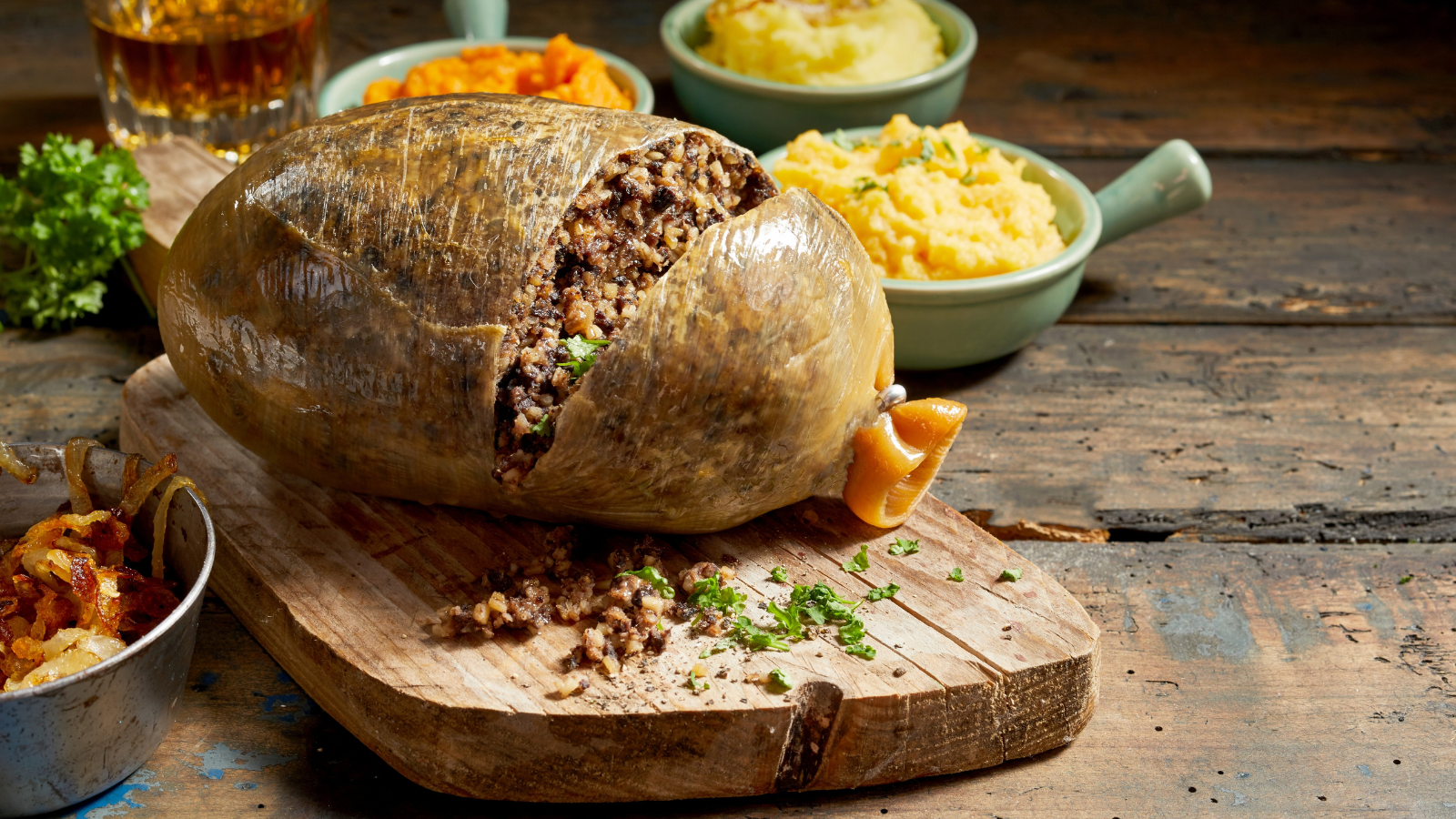
Scotland’s national dish, Haggis is made from sheep’s heart, liver, and lungs, mixed with onions, oatmeal, and spices, and traditionally encased in the animal’s stomach. While it might be celebrated in Scotland, the thought of eating offal can be quite off-putting for those unfamiliar with the concept.
Steak and Kidney Pie
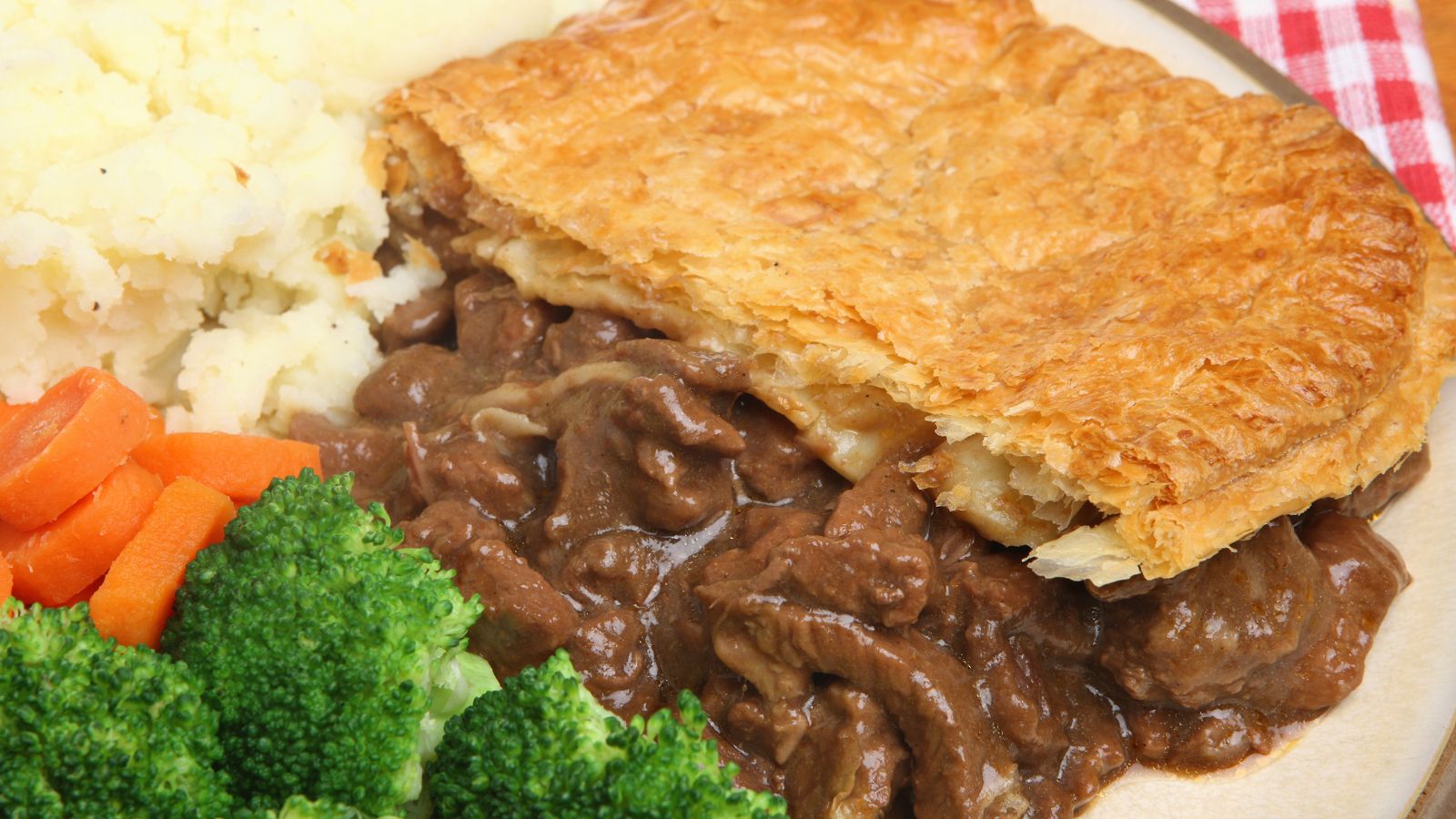
Steak and kidney pie is a savoury pie filled with diced beef and kidney, usually from a cow or lamb. The kidney gives the dish a strong, distinctive flavour that’s not to everyone’s liking, and for many, the idea of eating kidney is unpleasant.
Spotted Dick
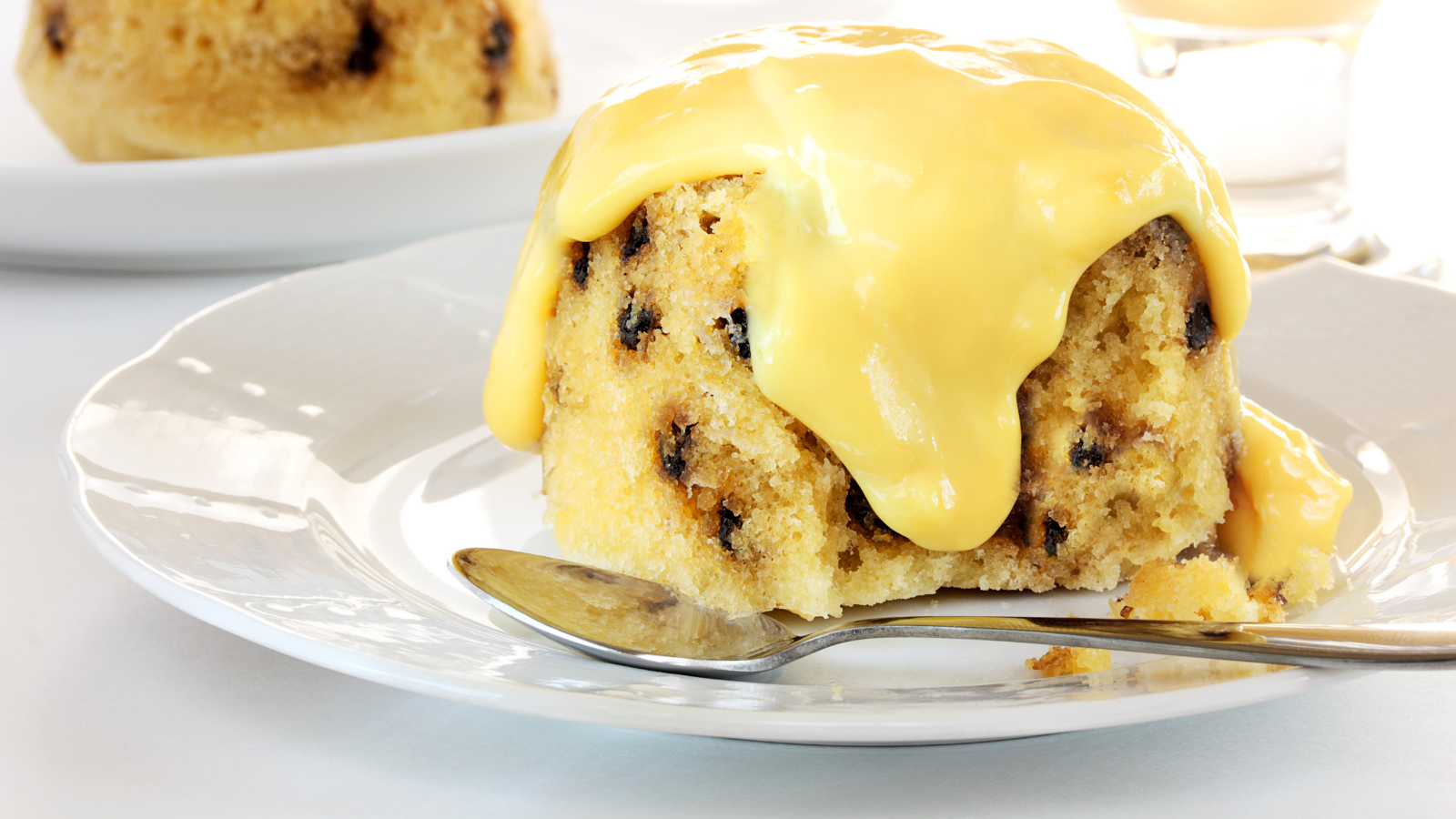
A classic British steamed suet pudding containing dried fruits, typically currants or raisins and spotted dick, and while the dessert itself might be tasty, the name often causes a lot of amusement and confusion among foreigners. Beyond the name, the dense, somewhat heavy texture of the pudding can be off-putting to those who prefer lighter desserts.
Kippers
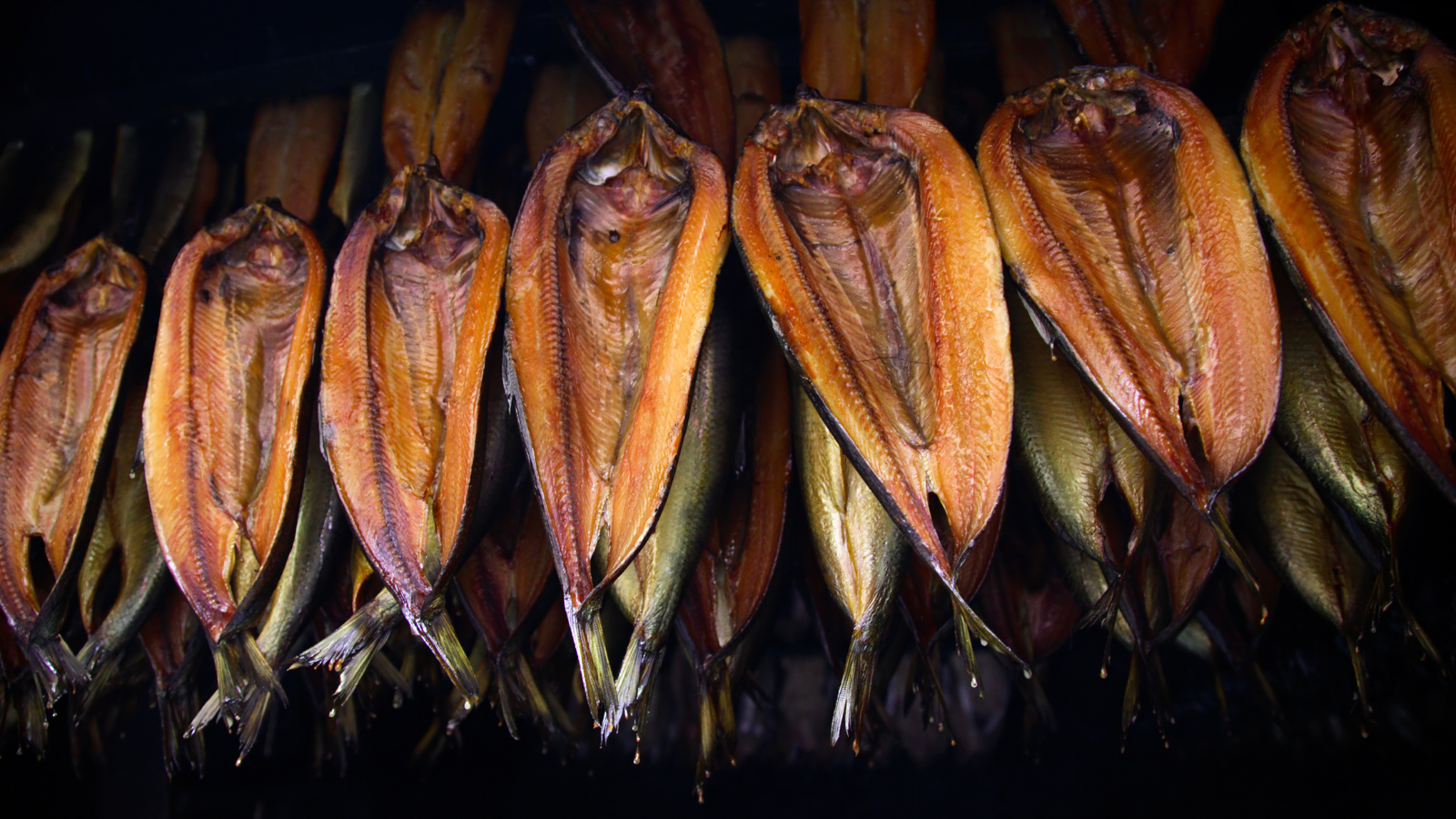
Kippers are smoked herring, traditionally eaten for breakfast. The strong, fishy flavour and smell can be overwhelming for those not accustomed to such an intense taste first thing in the morning, and the sight of a whole fish—head and all—on the breakfast table is enough to put some people off.
Tripe
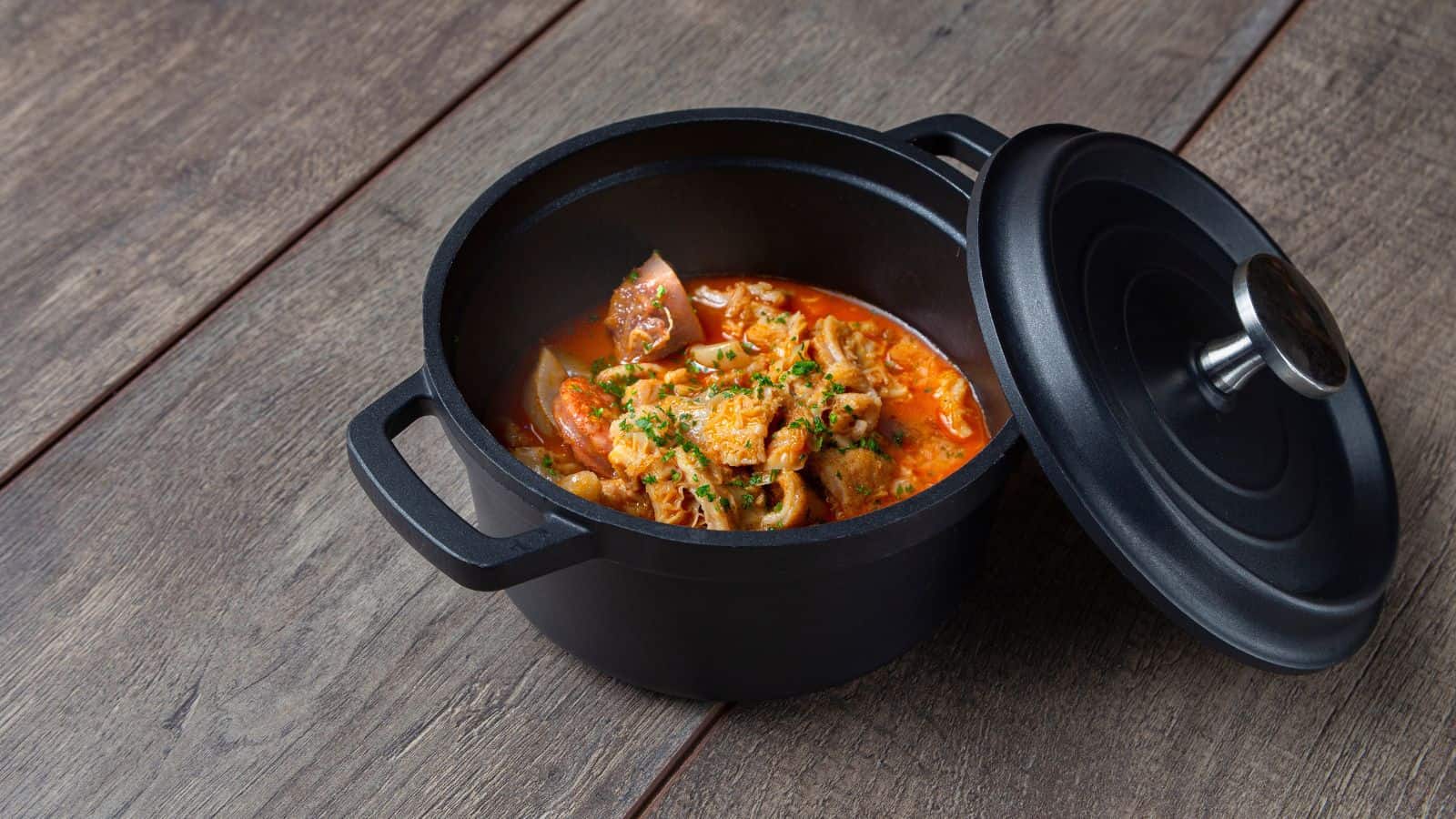
Made from the stomach lining of a cow, tripe is another British food that tends to turn some people’s stomachs. The texture is chewy and somewhat rubbery, which can be a big hurdle for those trying it for the first time.
Stottie Cake
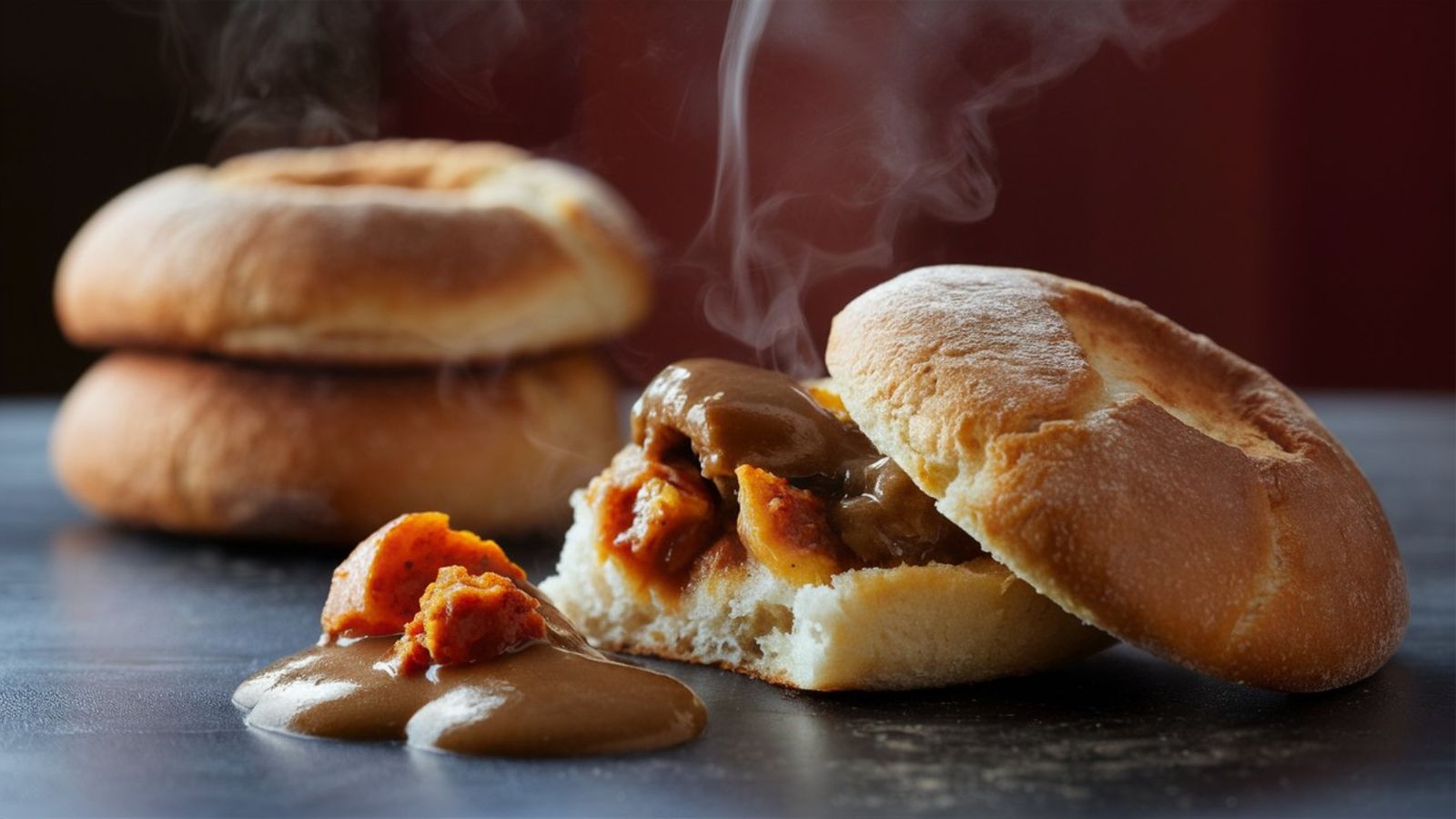
Stottie cake is a type of bread that’s thick, doughy, and heavy, originating from the North East of England, and it’s often used to make sandwiches with fillings like bacon or ham. The dense texture of the bread is what usually surprises visitors to the country, who might be expecting something lighter and fluffier.
Laverbread
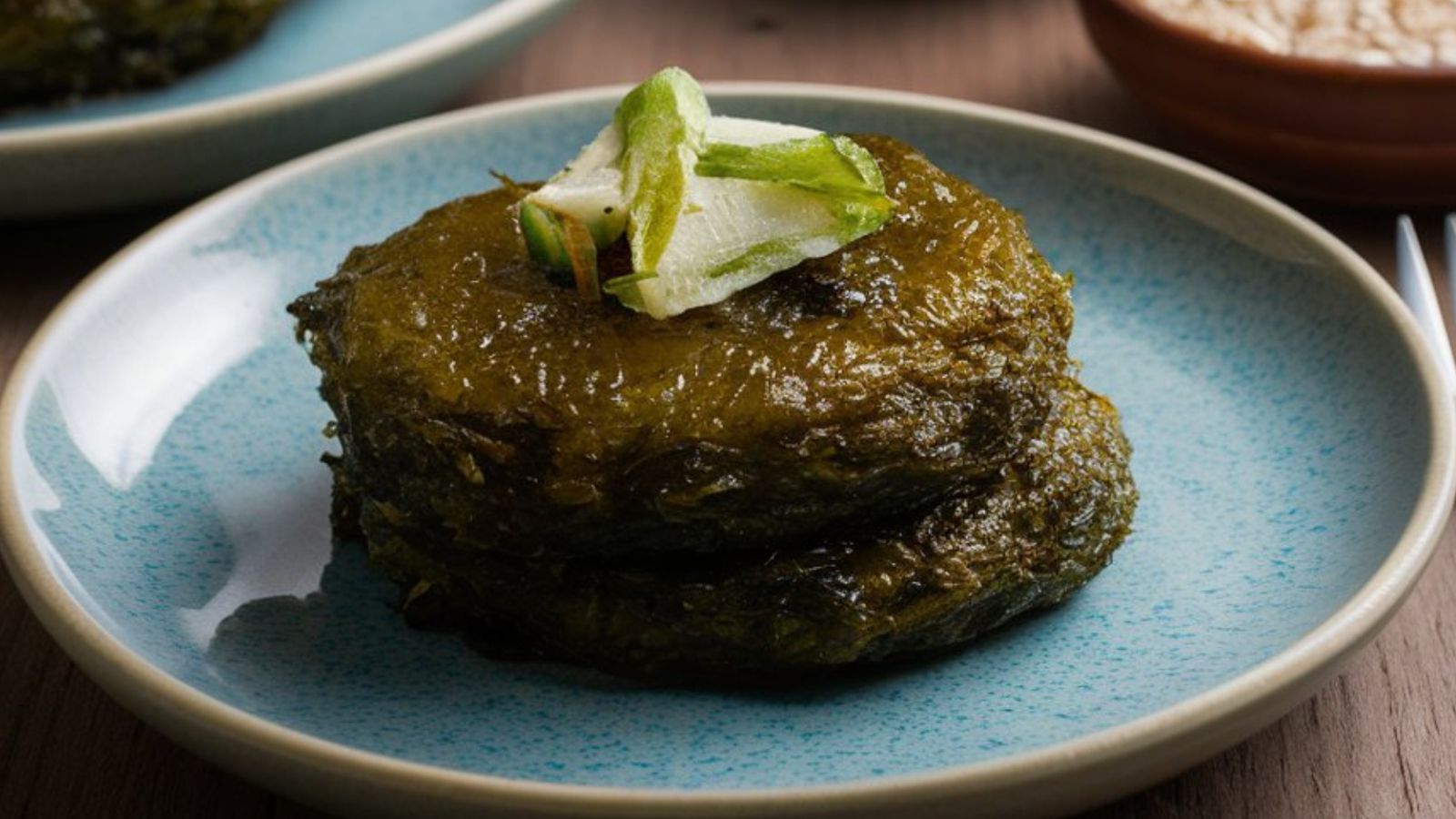
A traditional Welsh dish made from seaweed and usually served fried with bacon and cockles, laverbread consists of the seaweed being boiled down into a dark green paste, which has a very distinctive, salty taste. The texture can be quite slimy, which doesn’t do much to win over those trying it for the first time.
Toad in the Hole

Toad in the hole is a classic British dish consisting of sausages baked in Yorkshire pudding batter. While the name might conjure up some odd images, the dish itself is fairly simple; however, the combination of sausages and what is essentially a thick pancake can be a bit perplexing to foreigners.
Soused Herring
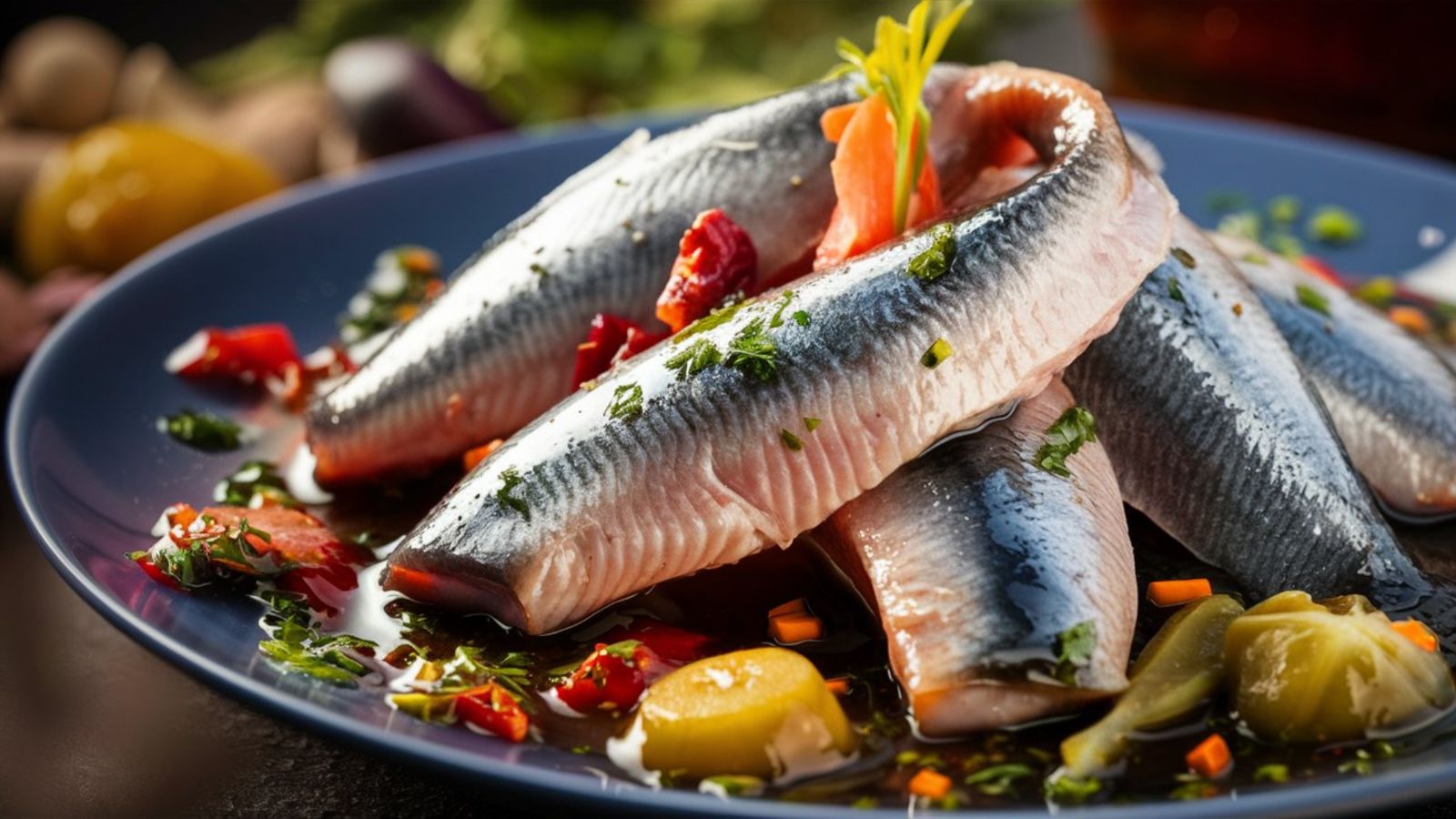
Made by marinating herring in a mixture of vinegar, sugar, and spices, soused herring is a tangy, sour fish that’s usually served cold. The strong vinegar flavour combined with the oily texture of the herring can be a real challenge for those who aren’t used to pickled foods.
Potted Shrimps
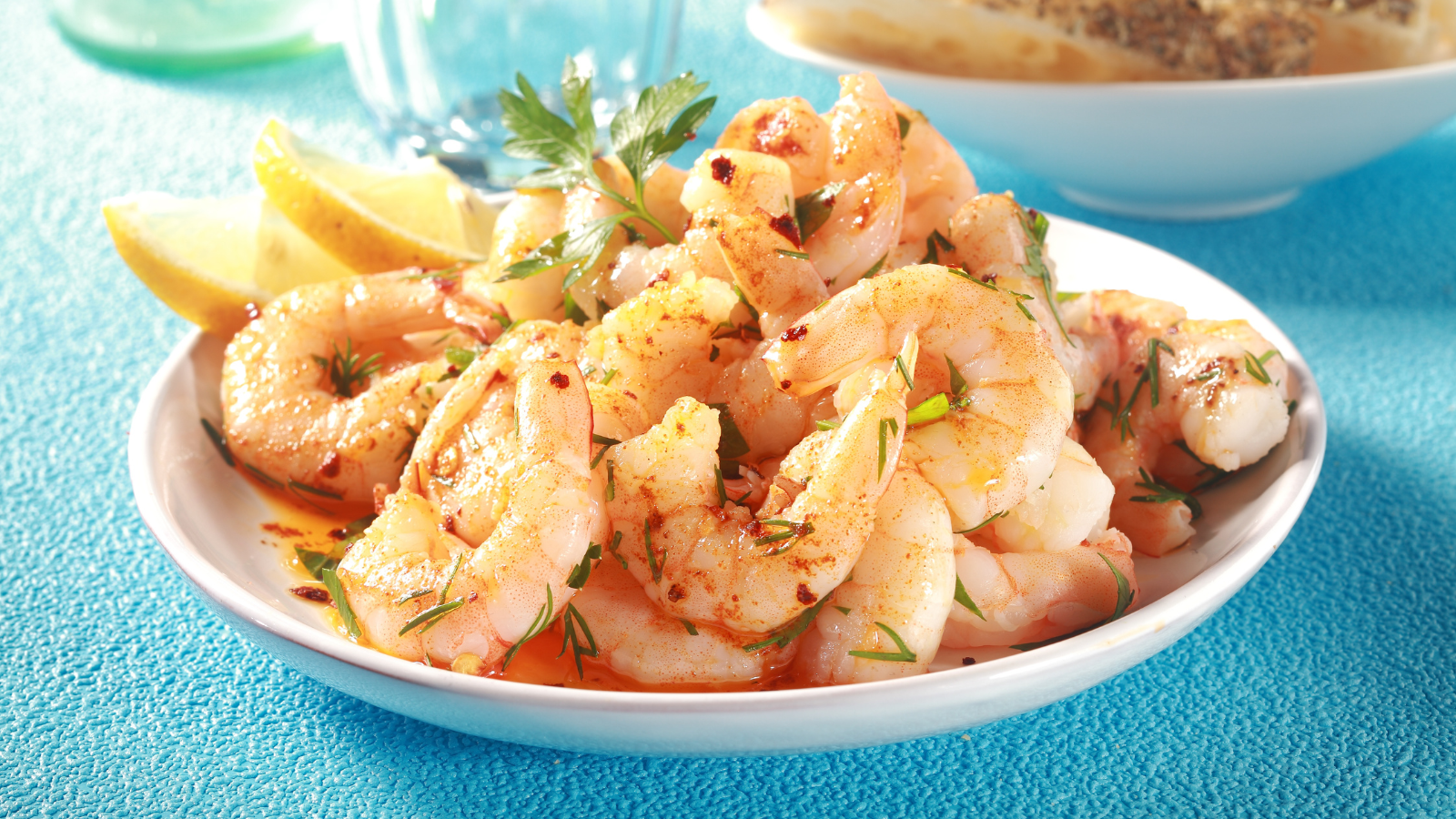
Potted shrimps are a traditional British dish made from brown shrimp cooked in spiced butter, which is then left to cool and set, and the shrimp are served in the butter, often spread on toast. While the concept might sound simple enough, the cold, gelatinous butter can be off-putting, and the intense flavour of the spiced shrimp isn’t always appreciated.
Corned Beef Hash
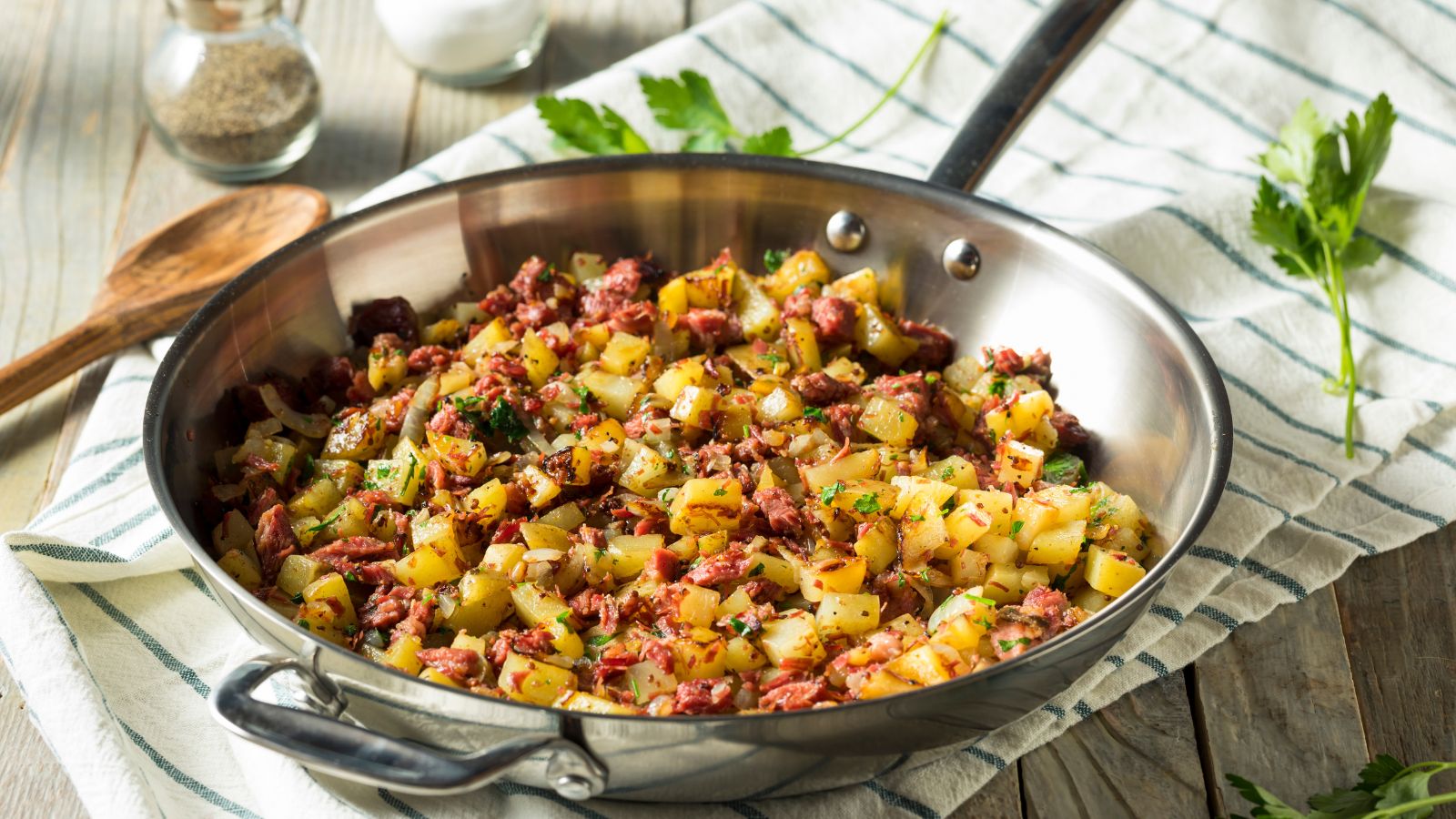
A dish made from chopped corned beef, potatoes, and onions, all fried together, corned beef hash is hearty, but the texture can be a bit mushy, especially if not cooked properly. The idea of eating something that looks like a mix of leftovers can be unappealing to those from other culinary cultures.
Piccalilli
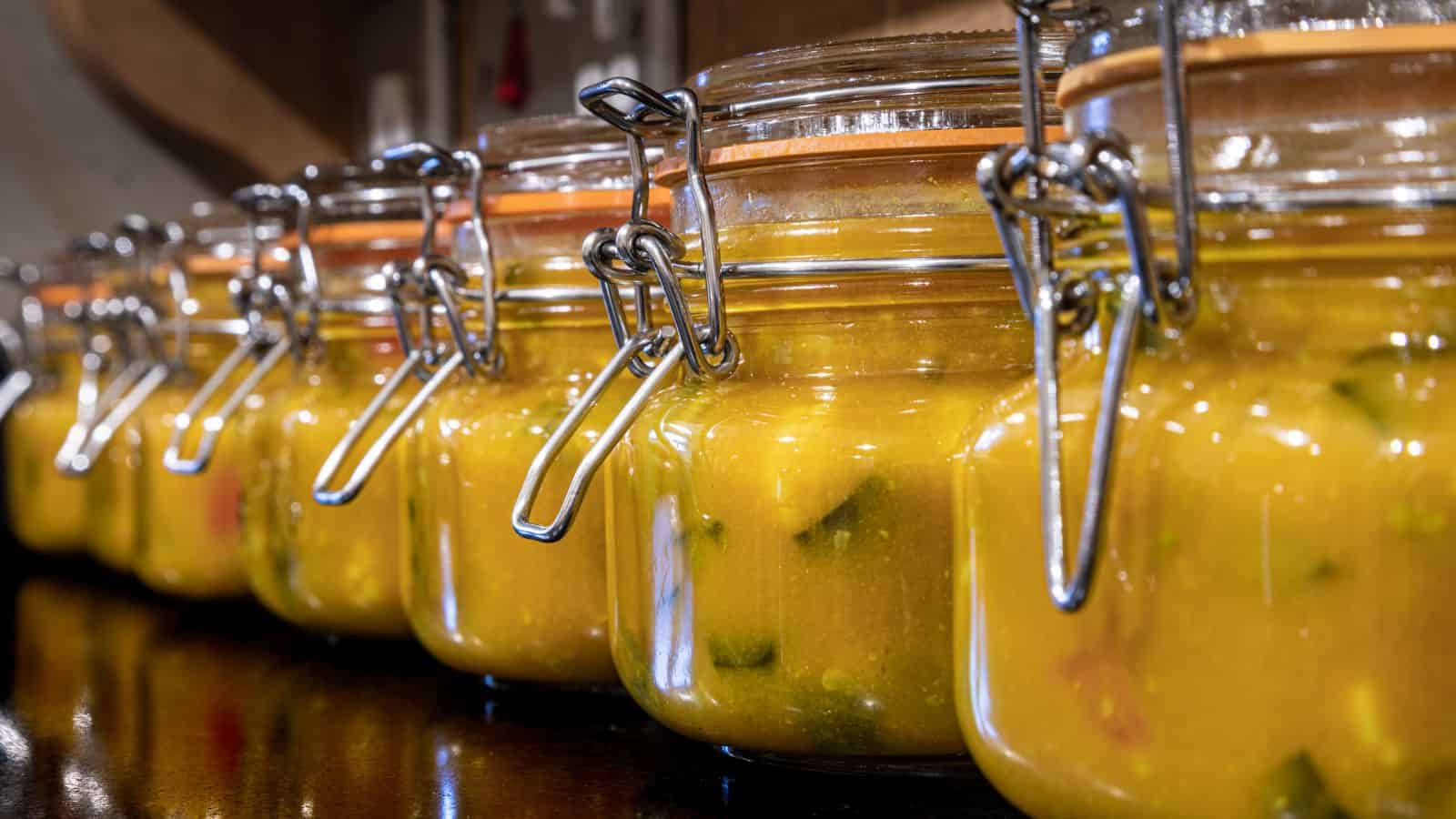
Piccalilli is a type of British pickle made from chopped vegetables, usually cauliflower, and gherkins, pickled in a mustard sauce. The bright yellow colour and sharp, tangy taste can be a bit much for those who aren’t used to such a punchy flavour.
Bovril
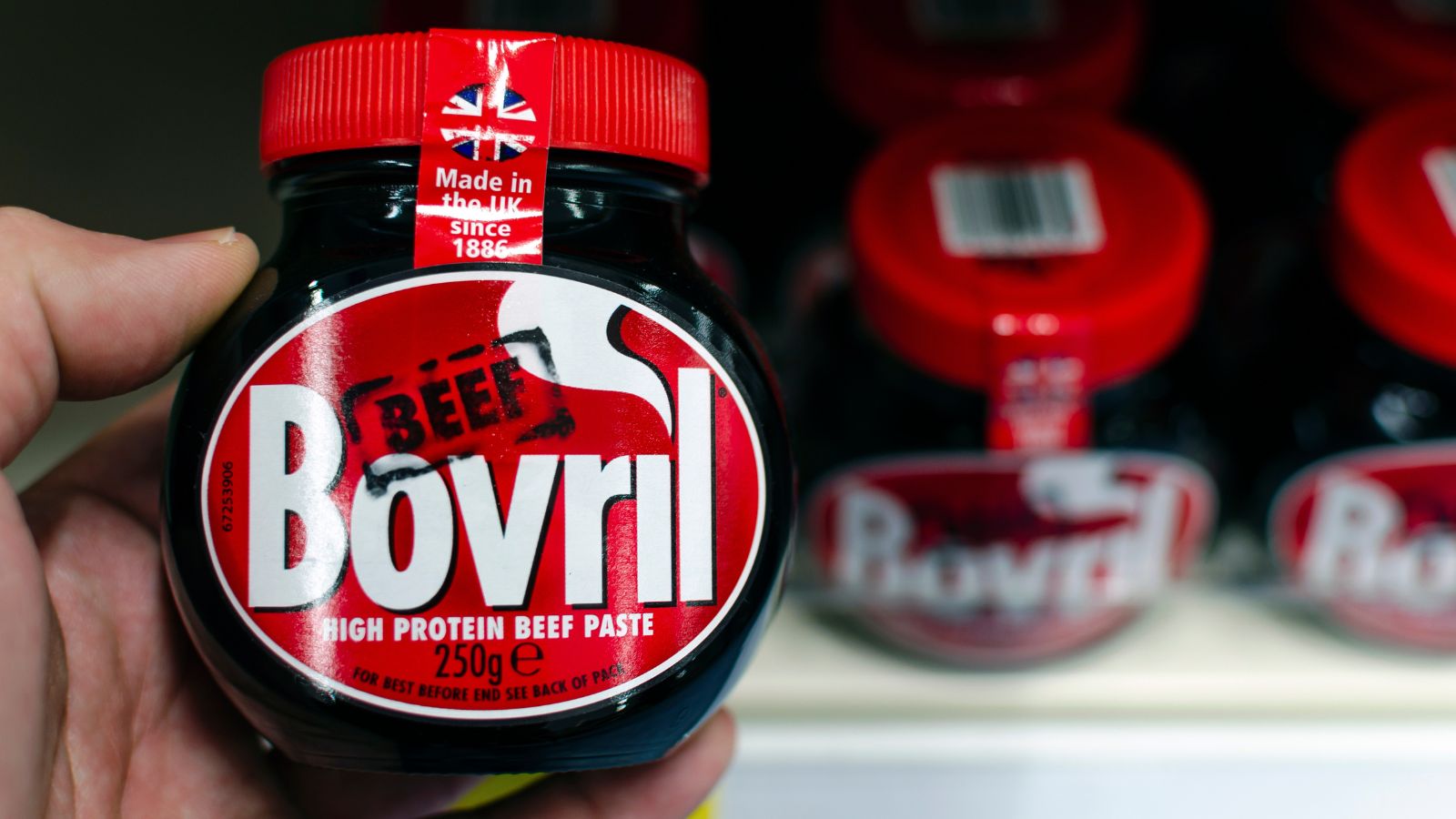
The concept of drinking something that tastes like liquid beef is enough to turn many foreigners’ stomachs. The strong, savoury flavour can be overpowering, especially for those who aren’t expecting it, and while it’s beloved by many Brits, Bovril is often met with confusion and a fair bit of reluctance by visitors.
Suet Pudding
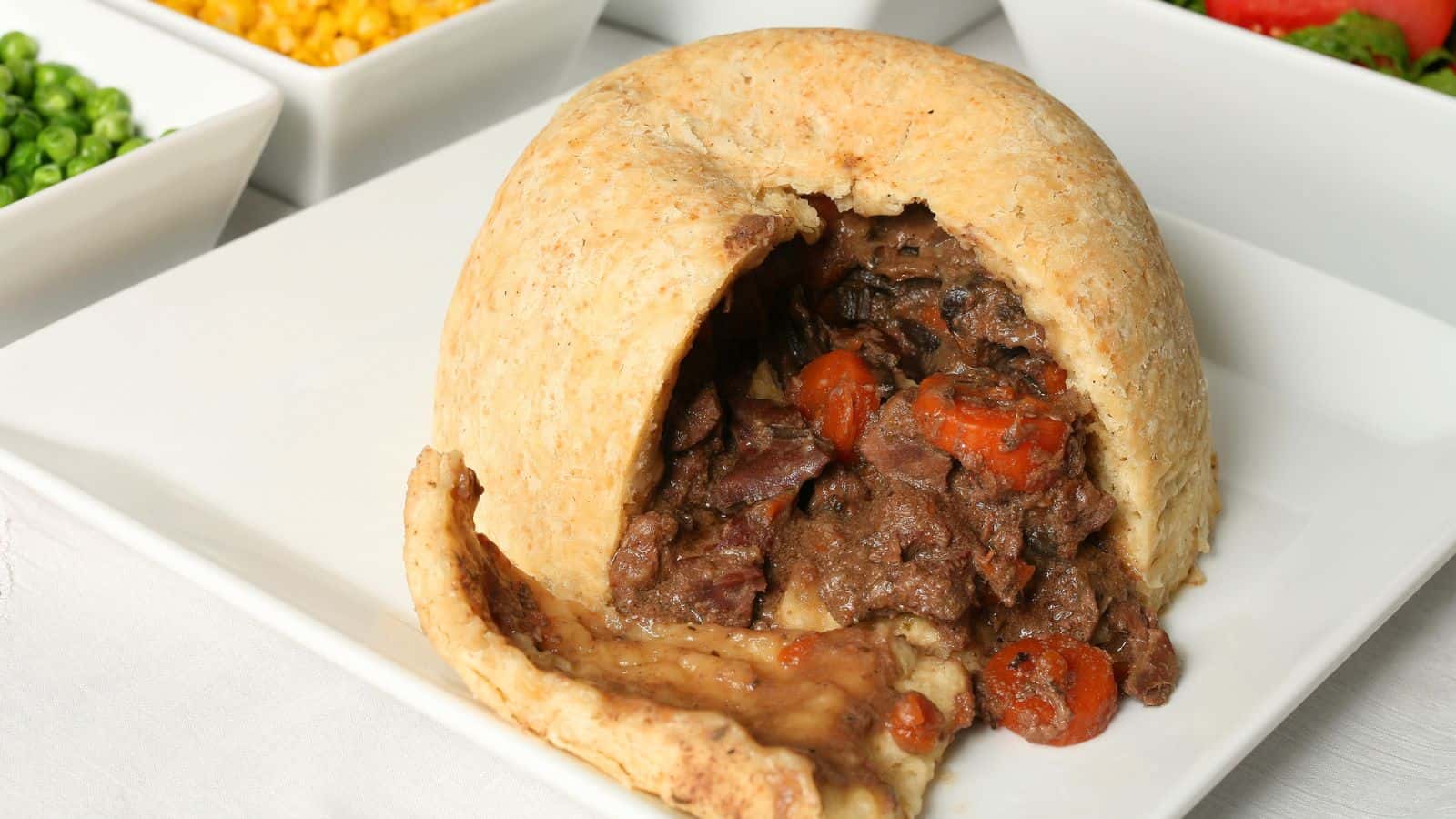
Suet pudding is a traditional British dish made with suet (raw beef or mutton fat) mixed with flour and steamed to create a heavy, dense pudding. It can be sweet, like a treacle pudding, or savoury, like steak and kidney pudding, but the rich, fatty texture of suet can be hard for foreigners to enjoy.
Bubble and Squeak
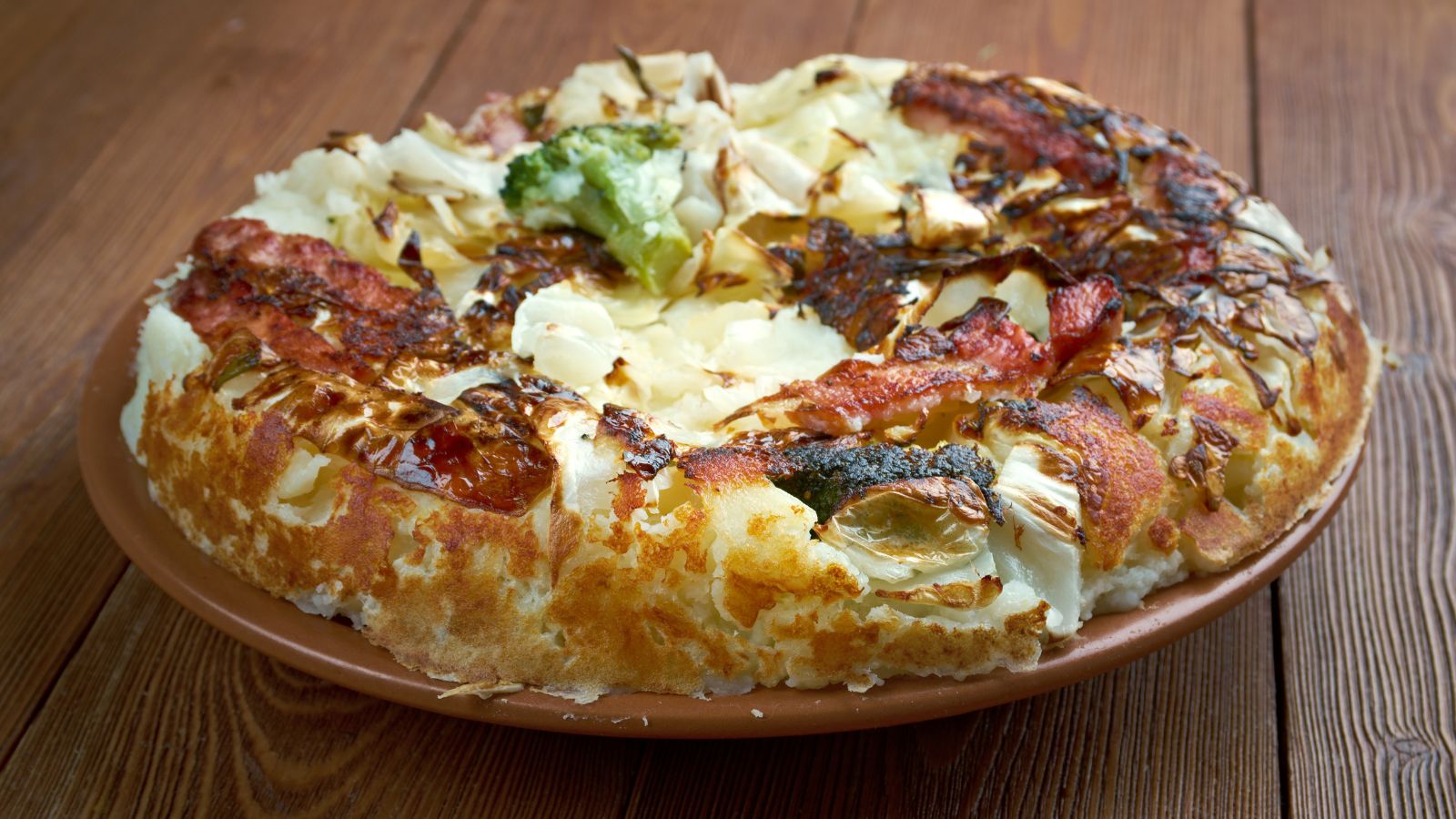
Our final British food is bubble and squeak, which is a dish made from leftover vegetables, typically from a Sunday roast, fried together in a pan. The name comes from the sound it makes while cooking, and while it’s a clever way to use up leftovers, the resulting dish can be a bit of a mystery to non-Brits.

